The Neuroscience of Decision-Making. How to Make Smarter Choices Under Pressure
Master smarter decisions under pressure with insights from Katherine Johnson’s story—where preparation, focus, and purpose transform challenges into triumphs.




